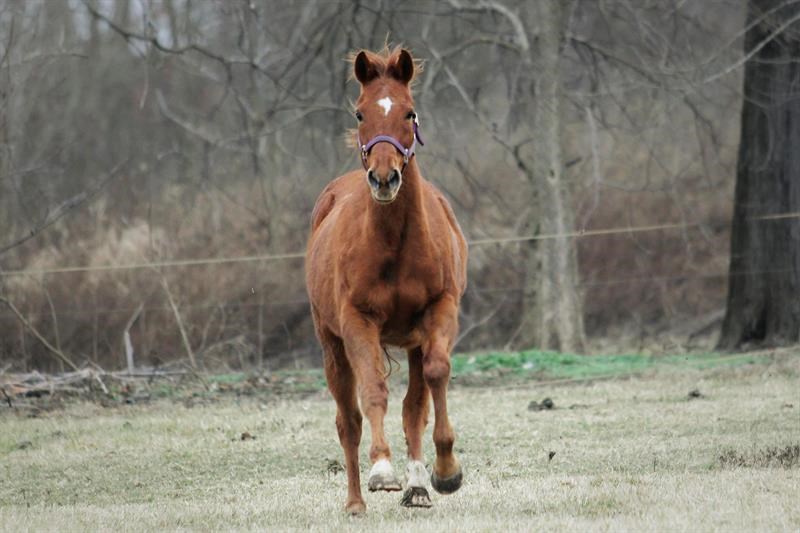Sara Jerman, Assistant Centre Manager at World Horse Welfare’s Glenda Spooner Rescue and Rehoming Centre in Somerset, offers some very timely advice for anyone struggling to help their horse maintain a healthy weight.
All horses are different, but many of us have to deal with on-going challenge of keeping our horse’s weight down to a healthy level. There are a number of routes we may choose, such as restricting intake through strip or track grazing, increasing exercise, or even considering using a grazing muzzle, but we can also use the natural rhythm of the seasons to help us.
It is entirely natural for a horse’s weight to fluctuate during the year, and you can use these seasonal weight variations to your advantage if your horse needs to lose weight. Ideally a horse will lose a little bit of weight before the flush of spring grass and if your horse comes out of winter with a Body Condition Score (fat score) of around 2.5 out of 5 you’re in a much better position to keep them at a healthy weight even if they do gain a bit during the spring and summer months. But, how can you help the horse to lose weight in winter?
Horses have the ability to thermoregulate naturally and this means that, unlike humans, they can maintain a comfortable body temperature even when the outside temperature is very different. The temperature range within which horses can do this is known as their thermoneutral zone – and horses have a much wider thermoneutral zone than we do. Human thermoneutral zone when at rest and wearing light clothing is between 25-30oC, but the average horse is comfortable between 5-25oC when at rest.
Just because we are feeling cold doesn’t mean that we should rug our horse! On a dry, still day the average horse won’t feel the cold until the temperature drops below 5oC and this can be even lower if you have a horse or pony with a really thick coat such as a native type. It can be very helpful for weight management for horses to feel a bit cold occasionally as this encourages them to keep themselves warm, whether through low-level shivering or moving around the paddock, which helps to burn calories. Some shivering is a normal body function but do watch for excessive shivering, standing in a corner with hunched quarters and being reluctant to move which can all be signs that your horse is cold.
Of course, the lower end of your horse’s thermoneutral zone will vary depending on their breed, age and whether they’re clipped or not. Wet, windy conditions without shelter will make your horse feel colder, even if the temperature is between 5-25oC. If your paddock doesn’t have much shelter, you may need to consider a lightweight rain sheet, especially for horses who are young, old or particularly thin, but do adapt this as soon as conditions change. The vast majority of horses and ponies will comfortably live out all year without a rug on and clipping can be used as a useful weight management tool in winter. Most ponies can still live out with some form of clip, such as a neck, belly or low trace clip, without a rug on.
If you’d like further advice on managing your horse or pony’s weight do give us a call in office hours on +441953 497238 and our team will be very happy to help.
